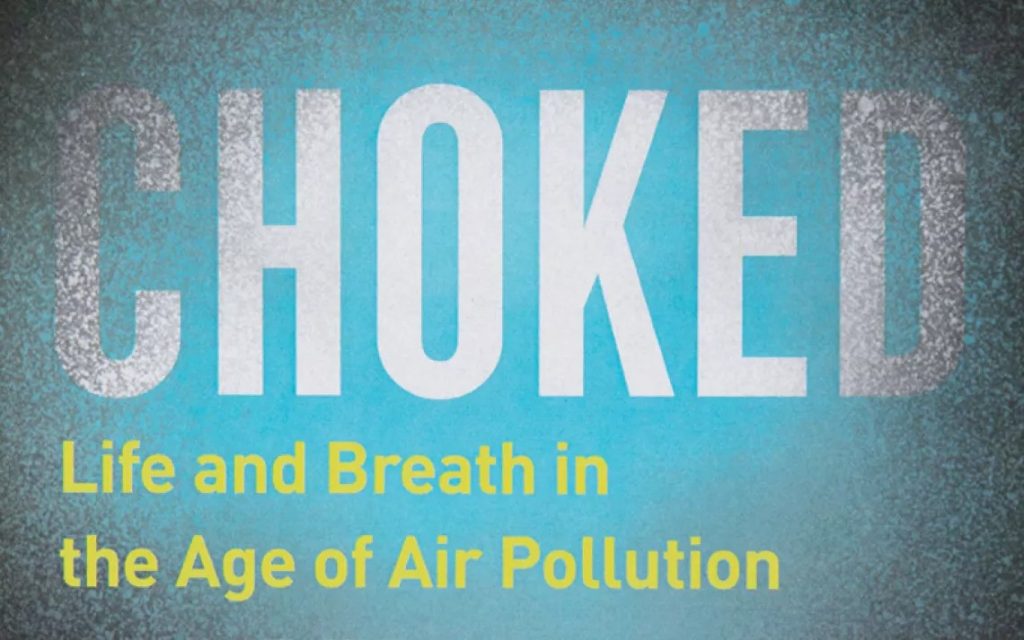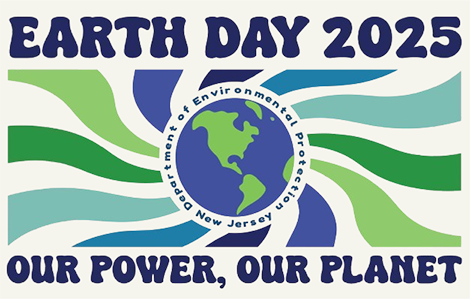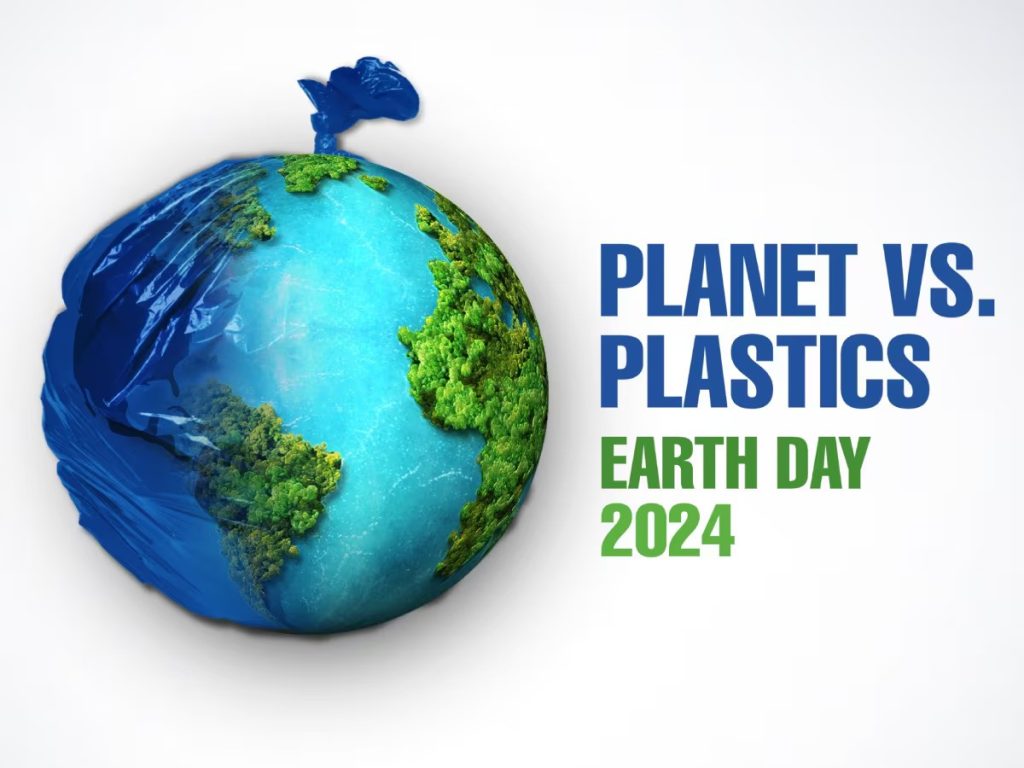Today is “Earth Day”, an annual event on April 22nd to demonstrate support for environmental protection.
I turned to Beth Gardiner, who writes about surviving this world we’ve made. Such as how can we stop the air we breathe from slowly poisoning us.

22 April 2025 – – Today is “Earth Day”, an annual event on April 22nd to demonstrate support for environmental protection.
The first one was held on April 22, 1970 and I cannot believe I participated as a (somewhat) idealistic 19 year old. I had not fully earned my cynical, skeptic, scoffing view of the world.
It was pretty basic back then – a few celebrations, a few “let’s clean up the beach!” and “let’s clean up the park!” type events. It now includes a wide range of events coordinated globally and according to the organizers it includes 1 billion people in more than 193 countries.
The official theme for 2025 is “Our Power, Our Planet”, with campaigners calling on “everyone to unite around renewable energy” to help triple clean electricity by 2030. I have more in a link below.
Brief history
In 1969 at a UNESCO Conference in San Francisco, peace activist John McConnell proposed a day to honor the Earth and the concept of peace, to first be observed on March 21, 1970, the first day of spring in the northern hemisphere. This day of nature’s equipoise was later sanctioned in a proclamation written by McConnell and signed by Secretary General U Thant at the United Nations.
United States Senator Gaylord Nelson proposed the idea to hold a nationwide environmental teach-in, but moved the date to April 22, 1970. He hired a young activist, Denis Hayes, to be the National Coordinator. Nelson and Hayes renamed the event “Earth Day”. Denis and his staff grew the event beyond the original idea for a teach-in to include the entire United States. More than 20 million people poured out on the streets, and the first Earth Day remains the largest single-day protest in human history. Key non-environmentally focused partners played major roles.
Under the leadership of labor leader Walter Reuther, for example, the United Auto Workers (UAW) was the most instrumental outside financial and operational supporter of the first Earth Day. According to Hayes: “Without the UAW, the first Earth Day would have likely flopped!” Nelson was later awarded the Presidential Medal of Freedom award in recognition of his work. The first Earth Day was focused on the United States. By 1990, it took in international and organized events in 141 nations.
“Choked: Life and Breath in the Age of Air Pollution”
Over the weekend I re-read “Choked: Life and Breath in the Age of Air Pollution“, a book by Beth Gardiner. As she details, air pollution prematurely kills 7 million people every year, including more than one hundred thousand Americans.
It is strongly linked to strokes, heart attacks, many kinds of cancer, dementia, and premature birth, among other ailments. Gardiner travelled the world to tell the story of this modern-day plague, taking readers from the halls of power in Washington and the diesel-fogged London streets, to Poland’s coal heartland and India’s gasping capital. In a gripping narrative that’s alive with powerful voices and personalities, she exposes the political decisions and economic forces that have kept so many of us breathing dirty air.
But humans have been limping along for centuries, since the Industrial Revolution, imagining that pollution is “tolerable”, in the same sense that a person falling off a skyscraper says “well, things are ok so far” as they pass the second floor.
It’s been said that most people find it easier to imagine the end of the world than to imagine the end of capitalism. But that’s the choice we have made, and we just seem to refuse to change our lives, moving step-by-hypocritical-step toward oblivion — maintaining all the comforts and conveniences of modern life as well as the freedom to travel distances that add to all that pollution.
Life’s a bitch.
It’s a great book and I’d like to share her opening chapter:

A human breath begins in the deepest reaches of the brain, where – far beneath consciousness – the body’s most basic and essential functions are regulated. Just above the point where the spine meets the skull, tiny receptors detect rising levels of carbon dioxide, then stimulate nearby clumps of neurons. Between 12 and 20 times a minute, perhaps 20,000 times a day, millions of times a year, over and over and over again from the first cry of birth until the very last moment of life, those neurons fire signals ordering the muscles of the diaphragm and rib cage to contract.
Message received, the dome-shaped diaphragm flattens, and the ribs move upward and out. As the chest cavity expands, the pressure within drops, drawing air through the nose and mouth. Down the back of the throat, over the voice box, it follows its path deeper and deeper into the body.
To the naked eye, the lungs are unremarkable hunks of spongy pink tissue. Only when they inflate, puffing up like balloons, but faster and more dramatically, does their uniqueness become apparent. In the stylized illustrations of medical textbooks, a lung looks like an upside-down tree, a symmetrical maze whose branches get smaller and smaller as they divide into more than a million tiny twigs.
It’s up close that the structure’s elegant intricacy comes into focus. Hunched over his microscope, the 17th-century Italian anatomist Marcello Malpighi was the first to get a glimpse. Until then, the best medical minds believed air mixed directly with blood inside the lung.
What Malpighi discovered is now a biological commonplace, taught to middle schoolers: Inhaled air fills sacs that cluster at the airways’ ends like miniature bunches of grapes. There are some 300 million of these alveoli in a pair of lungs, and their surface area is often likened, in total, to the size of a tennis court. Separated from them by membranes one one-hundredth as thick as a hair, tiny capillaries carry blood low in oxygen and laden with carbon dioxide. The gases rush across the barrier, and oxygen molecules bind to hemoglobin, then whoosh toward the heart, ready to be delivered wherever they are needed.
Like so much about the body, a breath is at once astonishingly simple and magnificently complex, delicately balanced yet highly resilient. Unlike other essential functions, the beating of the heart or the peristalsis of digestion, breath can also be controlled by the conscious mind, when we laugh or speak or hold it in to dive underwater.
The lung, too, is a point of vulnerability. While it has its defenses—the mucus that traps some contaminants, the hairlike cilia that sweep away others—this is the place where the outside world makes its way into the very center of the body, barriers left far behind as the air and whatever it carries come within a whisper of the bloodstream.
Lacking microscopes and an understanding of air’s composition, the ancients struggled to grasp the hows and whys of a function they could plainly see was essential. Aristotle, a physician’s son, believed breathing released heat generated by the vital fires of the soul. It would take millennia to definitively correct such misconceptions, but there was one fact the philosopher and his contemporaries understood well: Our very existence depends upon air. “The last act when life comes to a close is the letting out of the breath,” wrote Aristotle. “And hence, its admission must have been the beginning.”
I didn’t think much about the meaning or mechanics of breath when I was growing up. Until I was five, I lived in Fort Lee, New Jersey, in an apartment building overlooking the entrance to the George Washington Bridge. It was, and still is, a notorious traffic choke point, where the New Jersey Turnpike and a tangle of other highways merge into one. Suburbanites commuting to offices in New York sit bumper to bumper with trucks rolling north along the I-95 East Coast corridor, waiting to cross into the city. This was the early 1970s, the dawn of environmental consciousness, a time when American cars were exponentially dirtier than today, their fuel tainted with lead, sulfur, and other dangerous toxins. Along with my peers—the Jennifers, Davids, and Lisas who lived in the building too—I breathed it all in as we ran and jumped in the concrete playground out back.
Years later, in my twenties, I watched crosstown buses lurch by a few stories below my Manhattan apartment, heading into and out of Central Park. When I cleaned, the soot that coated the windowsill blackened big wads of paper towels. It took several goings-over, and a lot of soapy spray, to get the paint on the sill white again.
At 30, I moved to London with the charming Brit who’d stolen my heart. For 18 years, more than half of them with our chatty, energetic daughter, we’ve breathed the diesel fumes that foul the city’s air. London’s pollution is just one piece of a health disaster playing out across Europe, belying the continent’s reputation for environmental progressivism. I can smell the exhaust when I’m out running errands, meeting a friend for coffee, or walking Anna to school, clouds of it billowing into our faces. After a few minutes on a busy road, I often have a mild headache.
For a long time, I saw that awful air as just an annoyance. But as I’ve come to understand pollution’s profound effects on the human body, it’s grown into something more: the focus of nagging worry, a fear for my daughter’s well-being, and my own.
I try my best to protect her, of course. But I can’t change the air that surrounds us, nor wish away our city’s diesel mess. So I find myself veering from anxiety to anger. Landing sometimes, too, at a willful blocking out of the danger, as a parent’s urge to shield a vulnerable child tugs against the reality of an individual’s powerlessness in the face of larger forces.
What I’ve found since is that the taint my family and I breathe is only one strand of a far bigger story. Around the world, from Fort Lee to Frankfurt, Karachi to California, dirty air causes 7 million early deaths annually, more than AIDS, diabetes, and traffic accidents combined, making it the single biggest environmental threat to health. More than 40 percent of Americans breathe unhealthy levels of pollution. In Britain, air pollution is second only to smoking as a health risk, causing as many as one fifth of all deaths in my adopted hometown. Across Europe, it kills more than 15 times as many people as car crashes. Nothing is as elemental, as essential to human life, as the air we breathe. Yet around the world, in rich countries and poor ones, it is quietly poisoning us.
It’s not just the obvious ailments like asthma and bronchitis. Over the past decade and a half, scientists’ understanding of air pollution’s harms has advanced rapidly, and a powerful body of evidence now links it to a long and growing list of health woes, including heart attacks, strokes, birth defects, many kinds of cancer, dementia, diabetes, and Parkinson’s disease.
Not far from where I grew up, and many years later, researchers took advantage of the natural experiment created when highways in New Jersey and Pennsylvania replaced the old-fashioned tollbooths where we used to hand cash to an attendant or toss coins into a basket with the high-tech kind that charge the fee electronically as you zoom past. The switchover dramatically reduced backups at the collection points, and the researchers found rates of premature birth dropped by about 9 percent for pregnant women within a mile and a quarter radius of where the old booths had been. While that change was positive, it made clear the disturbing link between the highway exhaust so many of us breathe and a pregnancy outcome that can have lifelong consequences for babies born early.
I’m lucky enough to have been in good health all my life. And when, sooner or later, illness comes along, I won’t know whether the pollution I’ve taken in over the years has had anything to do with it, or if I should, instead, blame my sweet tooth, my lifelong preference for a good book over a brisk run, or a malevolent gene buried somewhere in my DNA, beyond anyone’s control.
None of us can. And that invisibility is a strange feature of this crisis. “You see one person run over in the street and you’ll never forget it,” observed a Los Angeles environmentalist I met. But thousands dying from the effects of dirty air “will never even faze you.” He was right. When smokers succumb, they know their own actions, and those of the tobacco companies that fed their habit, helped bring about their illness. But, in a world powered by fossil fuels, we all travel from place to place, use electricity, heat our homes, and few of us fully grasp the effects.
The gains that come when air gets cleaner are similarly difficult to see. There’s no doubt reducing pollution saves lives. But those whose years are lengthened, and those who love them, never know it. Emergency room visits are averted and health care dollars stay in pockets, but the line connecting car or power plant regulations with the size of medical budgets isn’t easy to make out.
Once I’d grasped the dimensions of this hiding-in-plain-sight threat, I wanted to see, up close, how it was playing out around the world. And why. Is air pollution an inevitable part of modern life, something we must resign ourselves to living with? Or are there more malign forces at work, too, keeping us wedded to the old, dirty ways of doing things when better alternatives exist? And, most importantly, what would it look like to do things differently, to build a cleaner, healthier world? Has anyone done it, or tried? And how can we get from here to there?
In the United States, thanks to decades of gradually tightening regulation, air is far cleaner than it once was. But that improvement—now at risk as the rules that brought it about come under assault—has failed to keep up with the science, which tells us more clearly with each new study that even relatively low pollution levels do real damage. Around the world, in fast-growing South Asia and China, in Europe’s coal-burning east and its diesel-dependent west, in Cairo and Johannesburg and Lagos, the problem is much worse.
Cleaner air, it turns out, is not an impossible dream. We know how to get there, and doing so would bring enormous health benefits, on a par in some places with slashing sugar consumption or getting everybody up off the couch.
And understanding pollution’s hidden dangers holds an even greater power. The overarching challenge of our time, of course, is climate change. But despite the floods and droughts and storms, its risks can still feel abstract and distant, a calculus of parts per million high in the atmosphere, or glaciers melting thousands of miles away. Dirty air, on the other hand—caused by our heedless burning of the very same oil, gas, and coal that are warming the planet—is wreaking its damage in the here and now.
Those fuels are woven into the fabric of our societies, and weaning ourselves from them won’t be quick or easy. But once we recognize the toll they are taking, not just on the habitats of polar bears but on our hearts and lungs and those of our children and parents, I hope we’ll see more clearly that a different future is within our grasp.

Note to readers: in what will come as no surprise, the Trump Administration has deleted from various U.S. government agency data pages some of the best pieces on renewable energy. But Wikipedia still has a pretty good overview which you can read by clicking here.

Note to readers: having spent most of my life on or near the sea, the horror of plastic pollution has become one of the most pressing environmental issues to my immediate life. For a good piece on how it is overwhelming the world’s ability to deal with it, please click here.